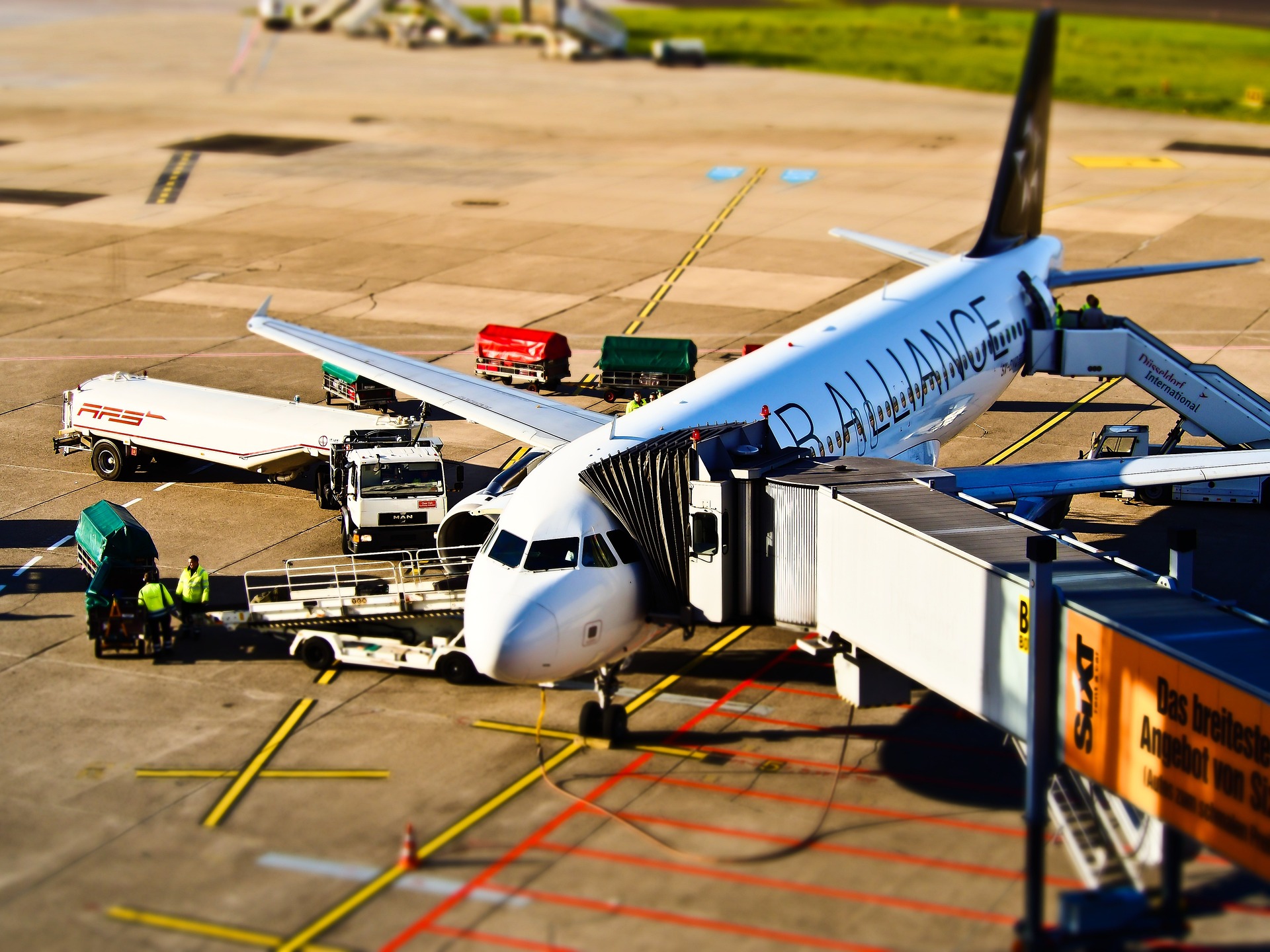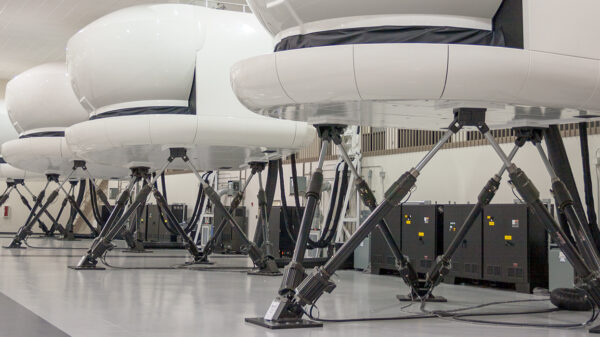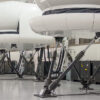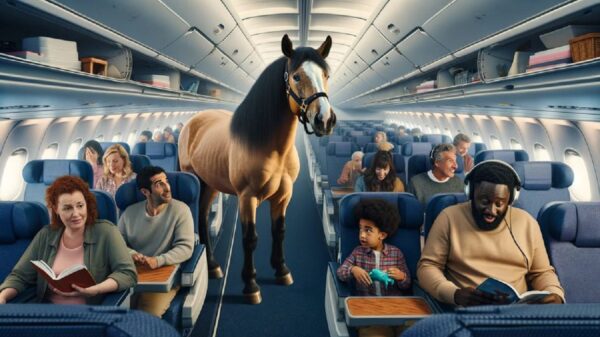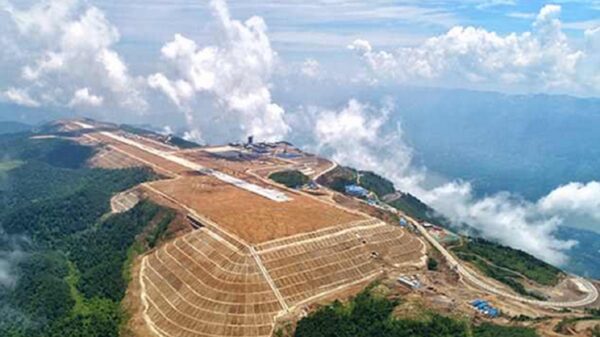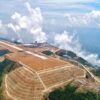Aviation plays a significant role in global CO2 emissions, accounting for 2.5% of the world’s total. Despite advancements in aircraft fuel efficiency, air travel demand has led to a rise in CO2 emissions. It has doubled aviation’s contribution to anthropogenic CO2 emissions over the past two decades, excluding temporary reductions due to the COVID-19 pandemic.
However, CO2 emissions don’t impact the climate. Aviation also releases short-lived climate forcings (SLCFs), contributing to climate change. Addressing these non-CO2 effects is crucial for reducing aviation’s impact on the climate.
The Need for Comprehensive Climate Strategies
It is essential to consider all aspects of aviation’s environmental impact to tackle the climate crisis.
While efforts have been made to improve air traffic management, enhance fuel efficiency, and introduce sustainable aviation fuels, these measures often fail to account for non-CO2 effects and the requirement for low-carbon electricity for synthetic jet fuels to achieve climate neutrality.
Existing policies and roadmaps underestimate the scale of the challenge and the necessary efforts to mitigate aviation’s contribution to climate change.
Technology Solutions for Climate-Neutral Aviation
Achieving climate-neutral aviation requires two fundamental technological approaches that can be employed: electricity-based synthetic jet fuels and direct air carbon capture and storage (DACCS).
Synthetic jet fuels produced with renewable electricity can reduce CO2 emissions, while DACCS can compensate for remaining climate impacts. However, it is crucial to consider the broader implications of these solutions.
Challenges and Considerations
Synthetic jet fuel production requires a lot of renewable electricity, which can strain economic and natural resources.
On the other hand, compensating for fossil fuel climate impacts through DACCS would necessitate large-scale CO2 storage and maintaining dependence on fossil fuels.
Additionally, climate neutrality would also require a reduction in air traffic to limit climate impacts.
Addressing the Gap in Current Approaches
Current initiatives, such as the European Union’s “Destination 2050” roadmap and the ReFuelEU programme, aim to reduce CO2 emissions from aviation and compensate for the remaining impacts through carbon removal projects.
However, these strategies often overlook non-CO2 effects and the need for low-carbon electricity in synthetic jet fuel production.
Previous attempts to improve aviation efficiency and promote alternative fuels have fallen short of their targets. Concerns have been raised about carbon offset schemes.
Life-cycle Assessment and Comparative Analysis
This study conducted a comprehensive life-cycle assessment to evaluate the climate impact of the European aviation fleet under different scenarios. The analysis considered the effectiveness of CO2 removal and synthetic, electricity-based fuels in mitigating aviation’s climate impact.
Furthermore, each technology option’s associated costs, energy requirements, and natural resources were quantified. The study highlights the significance of considering the entire life cycle of synthetic fuels, as neglecting this perspective can underestimate their total impact.
Achieving climate-neutral aviation requires a holistic approach that addresses both CO2 emissions and non-CO2 effects. While technological solutions like electricity-based synthetic jet fuels and DACCS show promise, they come with challenges related to resource utilisation and dependence on fossil fuels.
Reducing air traffic is essential to mitigating aviation’s climate impact. To combat climate change in the aviation sector, policymakers, industry stakeholders, and researchers must collaborate to develop sustainable strategies considering the complete life cycle and environmental implications of aviation fuels and technologies.


